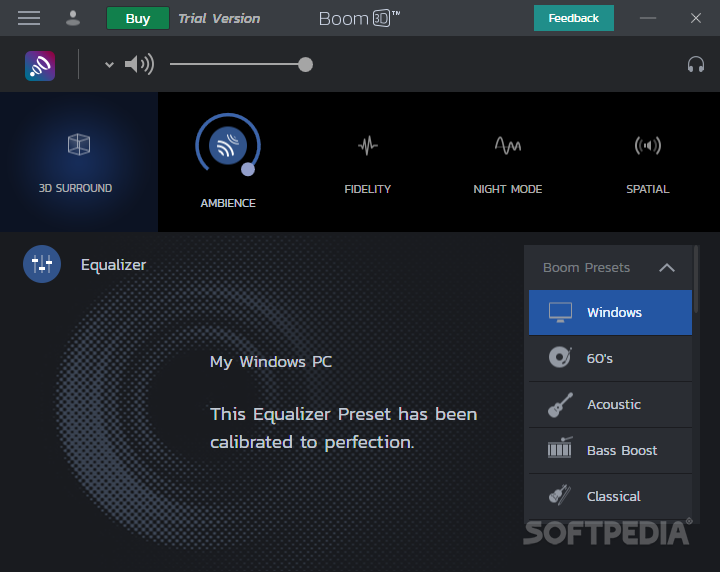


High-performance PEKK-based thermoplastics like Antero 800NA and Antero 840CN03 excel, while Nylon 6 is great for impact strength and Nylon 12 CF negates the need for metal with its high tensile strength and light weight. If transportation designers aren’t satisfied by the materials at their fingertips, they’ll go looking elsewhere – and that’s where the open-ended choice of additive manufacturing materials proves invaluable. Which 3D printing materials are often used in transportation?

ELECTRIC BOOM 3D PRINTERS PLUS
As a very general rule, however, we’ve been impressed by the results that transportation firms have achieved with Stratasys 3D printers including the large-scale-production Fortus 900mc, the super-accurate powder bed fusion H350, Neo series stereolithography models like the Neo 450E, Neo 450S and Neo 800, plus the F450 and factory floor-ready F370CR. Which Stratasys 3D printers are often used in transportation?Īs you’ll see from the case studies below, transportation can mean anything from supersonic air travel to Super GT racing, so Tri-Tech 3D always weighs up each client’s situation and business objectives rather than taking a ‘one size fits all’ approach. Fortunately, the breadth of Stratasys 3D printers and materials – not to mention the ever-evolving skill-set of the Tri-Tech 3D team – has ensured the demands of the most ambitious transportation sector visionaries are not only met but exceeded. From a new passenger rail network to a race car shaving milliseconds off its track time, the potential applications for 3D printing are huge and technology must be several steps ahead of the curve just to keep up. From horse and cart to space age, the transportation sector has always embraced change, and over the last quarter-century, this questing industry has increasingly turned to the possibilities of additive manufacturing to stay at the cutting edge.


 0 kommentar(er)
0 kommentar(er)
